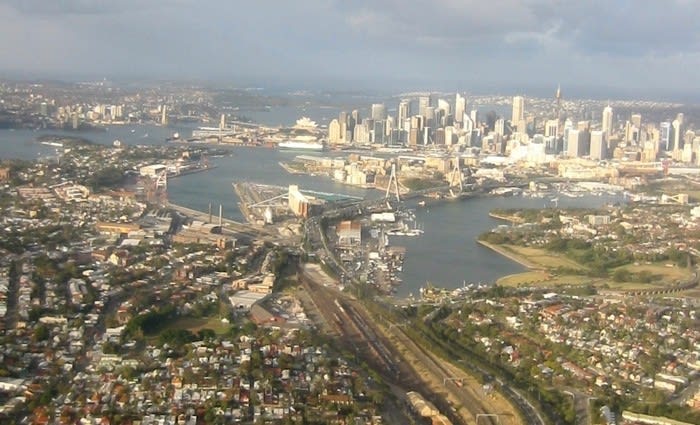The maturing of Sydney’s inner-city neighbourhoods: Peter Chittenden
As more apartments are developed across the inner-city areas of Sydney, one of the most interesting outcomes is the evolution of distinct, almost stand-alone neighbourhoods.
The appeal of inner-city living is made more attractive as these neighbourhoods take on their own unique character. It’s a pattern of development that doesn’t happen overnight, but it’s a trend that helps to make the city a much more interesting market and a more appealing place to live.
The same diversity helps to seed and then drive more sustained demand from buyers who are attracted to a particular neighbourhood. The trend also reflects how Sydney’s inner-city areas are championing a new level of maturity as the city enters the ranks of other international cities that have long been renowned as being great places to live.
This diversity is important for a number of reasons, including the fact that it influences the style of development, it sustains value, creates incentives for innovation and because it builds social inclusiveness. All of which are important for the long-term appeal of inner-city living for current and future residents.
Exploring an Example
This trend is not confined to Sydney, or just the City of Sydney, it’s an Australia and worldwide trend. The inner-city used to be seen as a disadvantaged area with crowded populations and a poor standard of living, but that’s no more. Over the past 20 years inner-city living has taken on a new attraction and new meaning.
It’s now a very desirable lifestyle, and the diversity of inner-city neighbourhoods reflects how popular the trend has become, and now it looks set to rapidly accelerate in the future. Inner-city neighbourhoods can be very appealing and I am going to look at Milsons Point, as a good if not the most top of mind example, and then (in next week’s post) I will look at a recent project there, 88 Alfred Street, Milsons Point to further explore this topic.
I have selected Milsons Point for two key reasons. Firstly it’s a compact area and a very distinctive neighbourhood and it’s also easy to relate the area to the more compact North Sydney CBD, in many ways it’s a very precise example.
So let’s look at Milsons Point, its immediate neighbours of Kirribilli, North Sydney and the wider North Sydney Council area and then when we return to the project at 88 Alfred Street, it will be possible to see how the character of the neighbourhood and related trends influenced the project itself, the marketing and sales results.
The North Sydney Council area has a population of around 71,025; a figure from the 2011 census that I am sure we can assume has been constantly growing. The area has a housing mix that is 87% medium density (and increasing) and incomes are markedly higher than the national average.
At just 22% far fewer people have mortgages (nationally the figure is 33%) and many more people rent in the area, some 46% by comparison to the Australian average of 29%. The area’s popularity for rental accommodation dates back to the 1930’s and also to its contemporary investment appeal.
The make-up of the three key neighbourhoods I am interested in then fit into this big picture, starting with North Sydney. North Sydney has the biggest population of 6,397 residents spread across 147 hectares and this area has the lowest population density at about 50% of Milsons Point and Kirribilli – the area was settled in 1836.
Kirribilli has some 3,654 residents, spread across 44 hectares and is home to Admiralty House and Kirribilli House. There are also lots of apartments from as early as the 1930’s. Medium density living here is well established and of late has set some record prices associated with somewhat small apartments. The area has ‘to-die’ for views.
Milsons Point was settled back in 1805 and it has the smallest population of just 2,891 residents (2011 census figures), it’s a mixed use area of just 36 hectares, is home to Luna Park and North Sydney Olympic Pool. An interesting fact is that the resident population doubled between 1991 and 2011 as the number of commercial offices started to rapidly give way to residential projects. This trend continues today and may over the next 5-years or so see all commercial space gone from the area.
Across these three areas we can see some very distinctive neighbourhoods, they were all impacted by the construction of the Sydney Harbour Bridge in the 1920’s. The area is affluent, given the low population density there’s possibly a lot more room for further re-development in North Sydney and the area is a very popular residential area greatly enhanced by its harbourside location, great rail connections and views – all of which are classic ingredients for successful medium density developments.
Peter Chittenden is managing director for residential of Colliers International. He can be contacted here.
